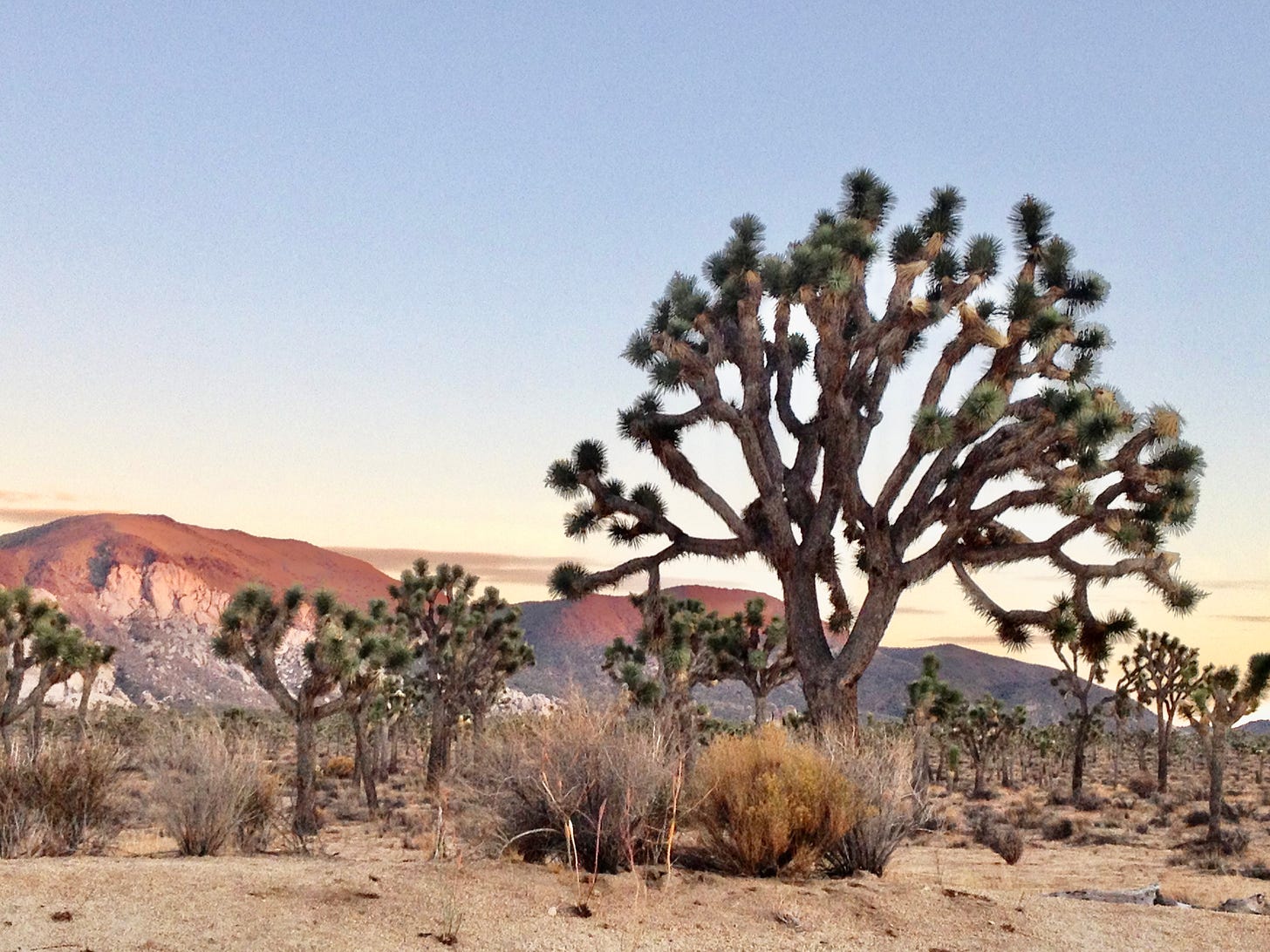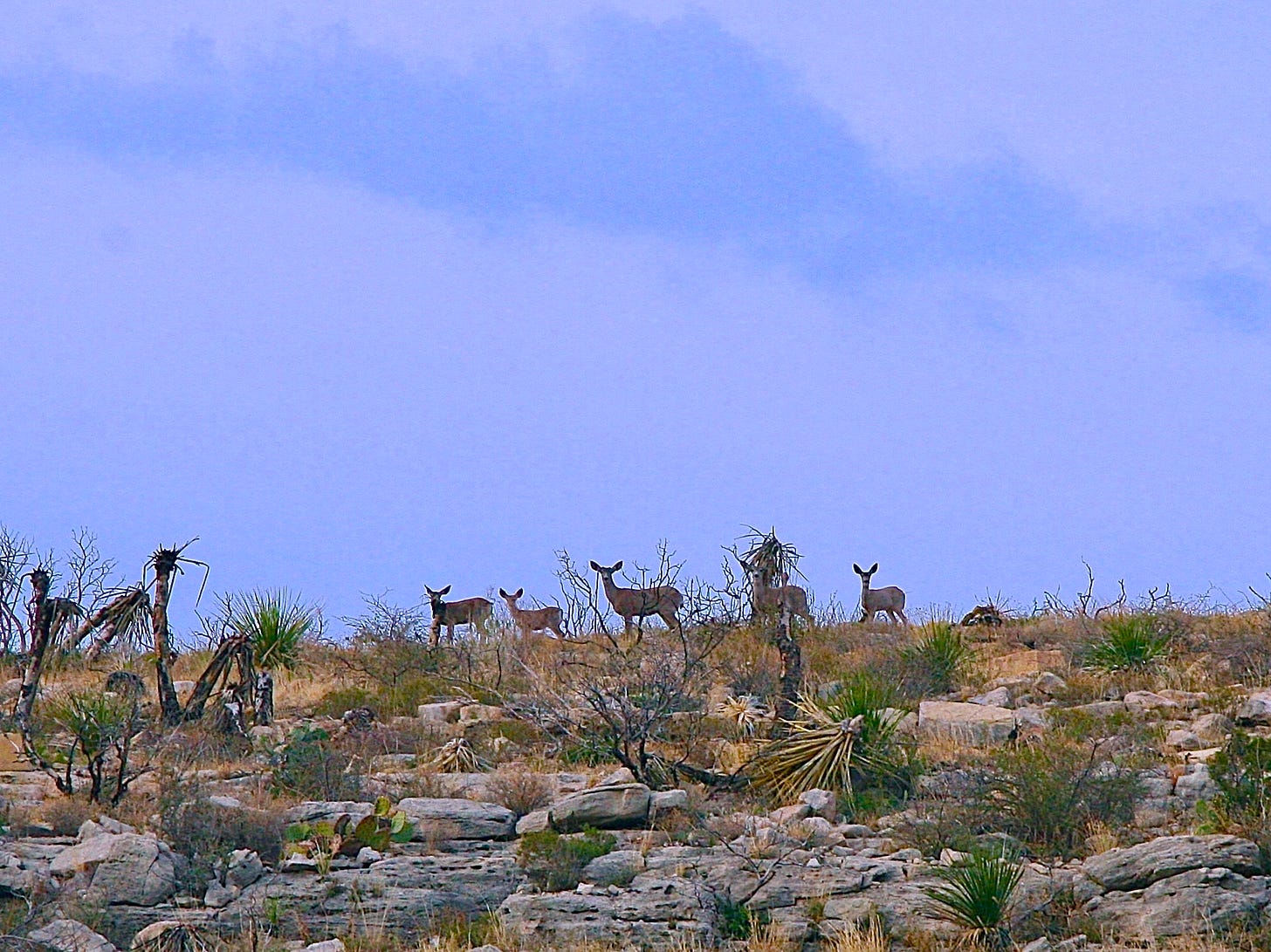Wilderness, Part 2: Finding Guides, Day 2 Let it Grow Lenten Series
Day 2 of Lenten series, Let it Grow.
Who and what prepares us to sojourn with wilderness?
At the culmination of his ministry when Jesus goes into the wilderness for forty days, my guess is that he had a lifetime of entering it already or gaining proximal knowledge to this space and all of its plant and animal inhabitants. For starters Jesus (“Creator Sets Free”) and John the Baptist (“Gift of Creator”) born within a few months of each other are written to be cousins. At the birth of John, his father Zechariah (“Creator Will Remember”) offers a moving blessing ending with,
“Because Creator is kind and gentle, he will come to us at the sunrise from above, to shine on the ones who sit in darkness and in the land of death’s shadow, to guide our feet on the good path of peace.”
Luke, “Shining Light Tells the Good Story” 1:78-79.
You can read traditional translations of the Canticle of Zechariah here
I imagine the cousins had some level of proximity to each other growing up, perhaps seeing each other very often. Would they have gone out fishing together as boys? Did they know how to harvest wild honey? Did they ever split a pomegranate? Were they tapping fig trees together and using the sap to curdle milk into cheese? Did these memories sustain them in harder times?
We know that John and Jesus spent time together as adults with John even baptizing Jesus. We can assume that he also passed some of his lifetime of wilderness knowledge to Jesus. While it is not directly stated, some people believe John was an Essene, a part of a monastic wilderness group that inhabited the Judean wilderness and beyond who would have had intimate knowledge of these wilderness spaces. At what age would John have joined such a group? Did they familiarize each other with regional plants like blue water lily and Syrian rue or poison darnel which are known to contain hallucinogenic and sedative properties? Some of these plants have been found in remnants of Egyptian or Philistinian rituals but also grow in Israel. And while their uses in ancient Nazarene cultures is hard to know, it is possible they too used strong plants in medicinal and ritualistic purposes.
It is a truth easily forgotten by most, but plants too are guides, and these guides were certainly much more prominent in past times.
Plants and other organisms like fungi offer not only sustenance, but wisdom, like where where to find water or how to numb pain. Before spending an extended amount of time in any wilderness one is going to have to have a very solid understanding of the plants and fungi there.
May you too find your way this sunrise. May you find deep wisdom for what sustains you. May you find and commune with land guides present and past, human and otherwise, and may you walk together towards peace.
Like most writers, I put considerable amount of time and research into my publications and appreciate your support of any amount. I also juggle serious allergy disease with limitations on how and where I can work outside of my home. If you are enjoying my lenten series, (or any of my other posts!) a suggested donation of $8 would be a blessing and helps me lean deeper into this writer life.
Note: For the last year and a half I have been exploring the First Nations Version: An Indigenous Translation (perhaps re-imagining also works) of the New Testament, to look at scriptures through a new lens. While it sometimes feels a little like something like The Message, it has been refreshing to see scripture with new eyes.
This post is from a series of lenten reflections I’m calling Let it Grow where I am aiming to write as many days as possible within the lent season. Please like or share with others. Blessings to you as you renew your heart and seek out strength this season.
Let It Grow Lenten Series
Day1: Get Thee to a Wilderness!: Exploring wilderness and animals of the Judean desert



